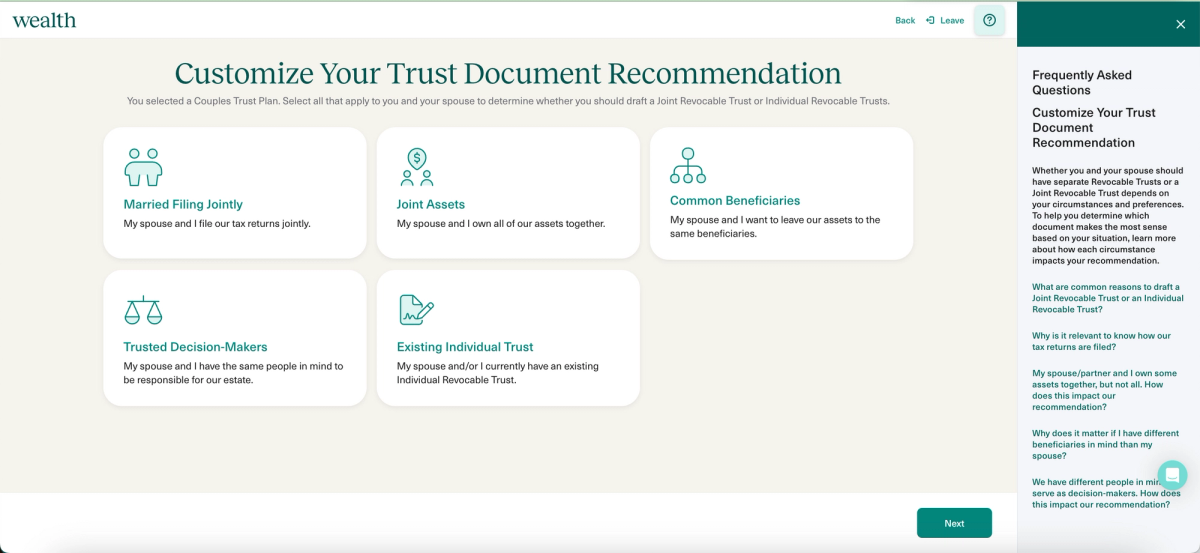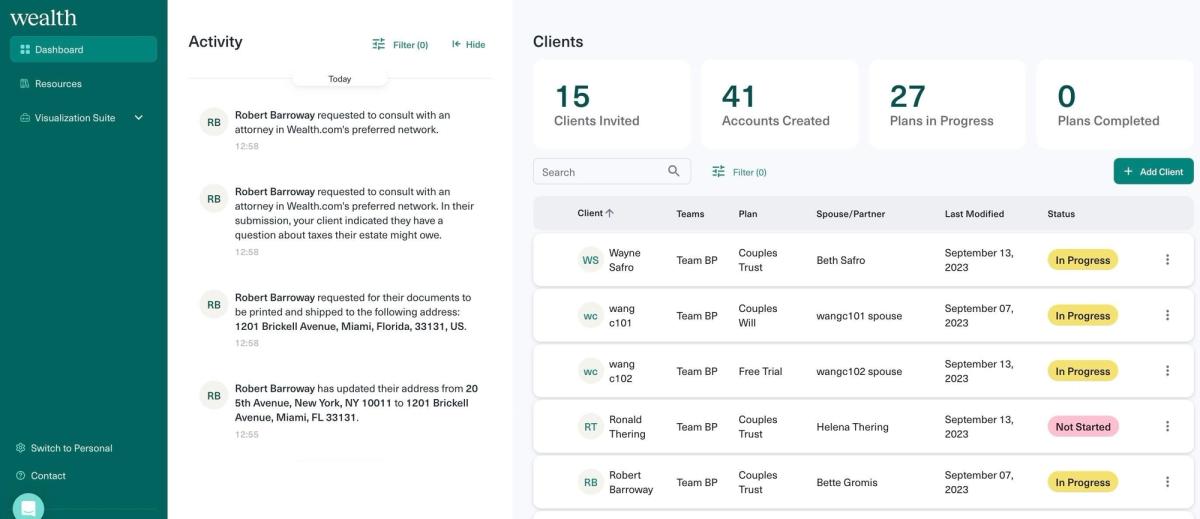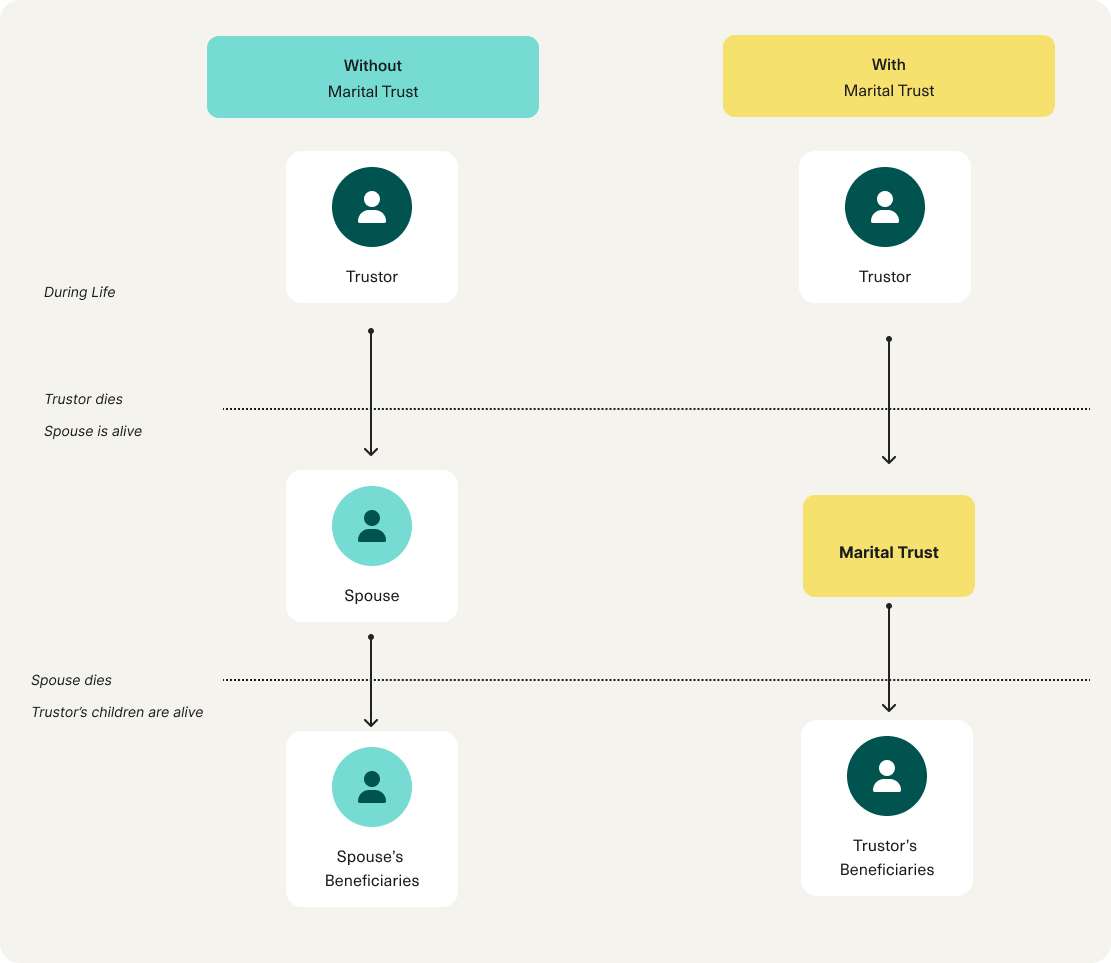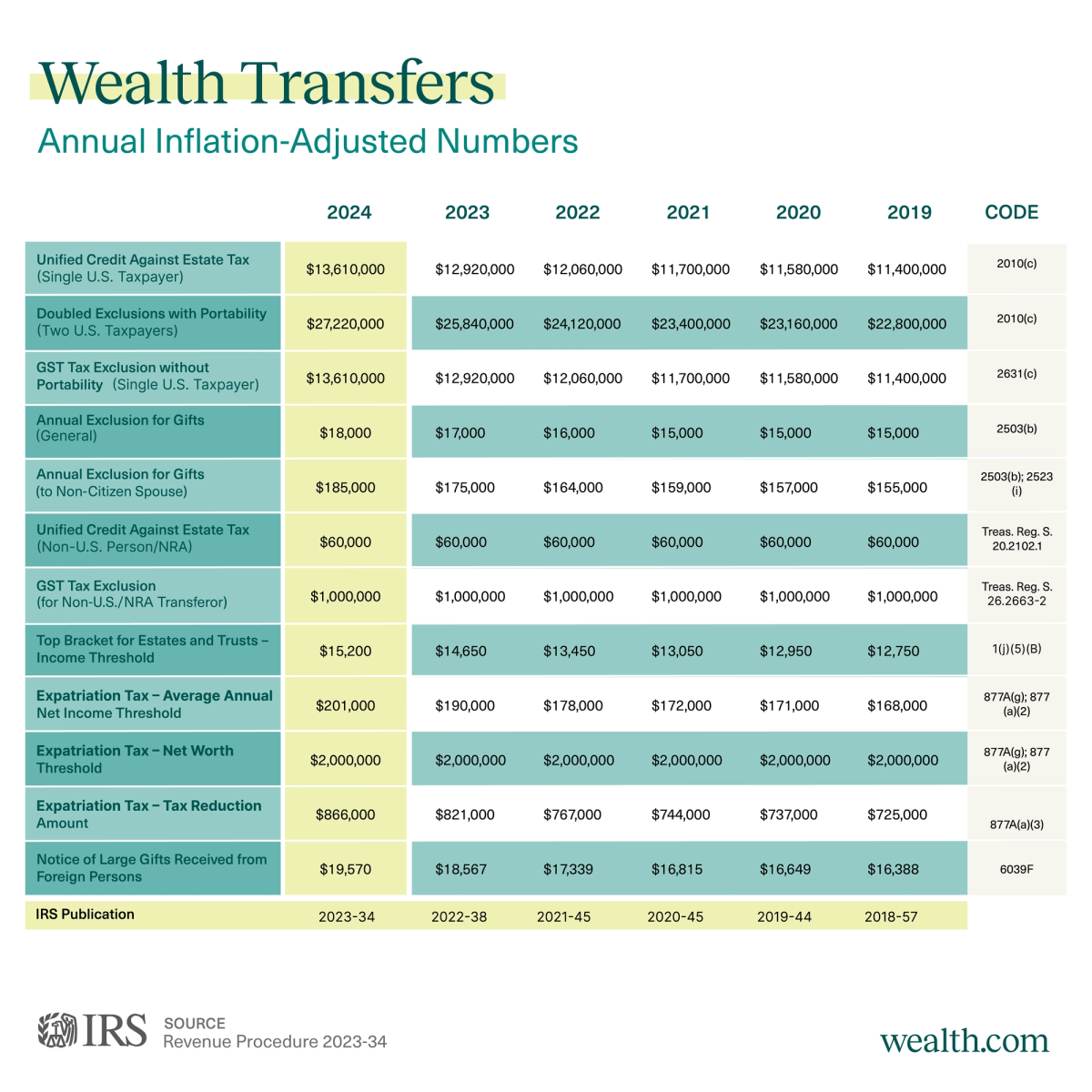What is a Trust for Descendant?
A Trust for Descendant is a type of sub-trust that specifically benefits a child (or a more remote descendant), who is called the “primary beneficiary.”
More generally, a sub-trust is a type of trust that is “created under” another main document, which is usually a Revocable Trust or a Will. A sub-trust continues beyond the period of time that is required for estate or trust administration after your passing; the sub-trust ensures your wishes and objectives are met even long after you are gone.
How does a Trust for Descendant work?
This type of sub-trust allows you to pass assets to specific beneficiaries under conditions you stipulate, so that the beneficiary is protected and your wishes for how those assets are used cannot be altered.
For example, if you create an Individual Revocable Trust, you can direct that all assets passing to your minor child be held in a sub-trust trust — i.e., a Trust for Descendant — until the child reaches age 25.
Trusts for Descendant are set up for three primary reasons:
2. Tax planning (keeping assets outside your beneficiary’s taxable estate at their death).
3. Asset protection (from the beneficiary’s creditors and divorce, for example).
Even if you trust your children to manage their own financial affairs, the last two reasons may still apply to your situation.
NOTE: You can name someone to help the primary beneficiary manage their inheritance until the primary beneficiary reaches a specific age or passes away, or the Trust is too small to make it worthwhile to keep.
Customize Beneficiaries
You can choose which descendants will receive their inheritance from you in trust. The primary beneficiary’s own living descendants are also beneficiaries of the trust, but the trustee is directed to prioritize the primary beneficiary’s interests.
Power of Appointment
You can choose to provide the primary beneficiary with the ability to redistribute the trust assets. This power is often included if controlling how the primary beneficiary spends their inheritance is less important to you. This power allows the primary beneficiary to account for a large difference in financial resources among your descendants, to provide for a beloved spouse after their own death, or to reduce income or estate taxes.
Determine the Termination Event
You have the ability to decide when the trust should end. You are also able to grant the primary beneficiary an earlier withdrawal right; the beneficiary can demand from the trustee a fraction of the trust at an interim age before the trust ends.
Who is a Trust for Descendant for?
This type of sub-trust is useful for someone who worries that their child needs help managing their inheritance, is concerned about family assets being gifted away or taken away by individuals outside the family, or worries about estate and generation-skipping transfer taxes.
What happens when the Trust ends?
When the Trust ends, the trustee will distribute the remaining assets in accordance with the terms of the trust agreement, subject to any powers of appointment you have given to the primary beneficiary of the terminating Trust. If the Trust ended because the primary beneficiary attained the milestone birthday you chose, any assets remaining in the trust will be transferred to the primary beneficiary.
If the Trust ended because the primary beneficiary passed away, the trust assets will be distributed to the primary beneficiary’s own descendants, otherwise to your other descendants, following a default hierarchy that prioritizes individuals who are more closely related to the primary beneficiary in your family tree. These distributions can be made directly to these individuals, or in further trust following your wishes for when all Trusts for Descendants will end.
Can I change my mind and add or remove a Trust for Descendant at a later date?
If you decide to create a Trust for your descendant, that Trust will be drafted into your documents. As long as you have at least a child or grandchild, it is possible for you to have a descendant who is a minor at the time you pass away. For this reason, consider including a Trust for Descendant as a default. You should always plan using the most accurate information you have, both currently and in the future. If your family situation changes in the future, update your estate plan to match your current needs.
Save this Trust for Descendant Explainer in PDF form
Download PDF
*Disclaimer: wealth.com is not a law firm and is not practicing law. That said, our platform is maintained with care by attorneys who used to practice at the top trust & estate law firms in the U.S. so you can be sure each legal document created with Wealth.com is of the highest quality and is legally valid and optimized for its state, covering all 50 of the United States and Washington D.C.










